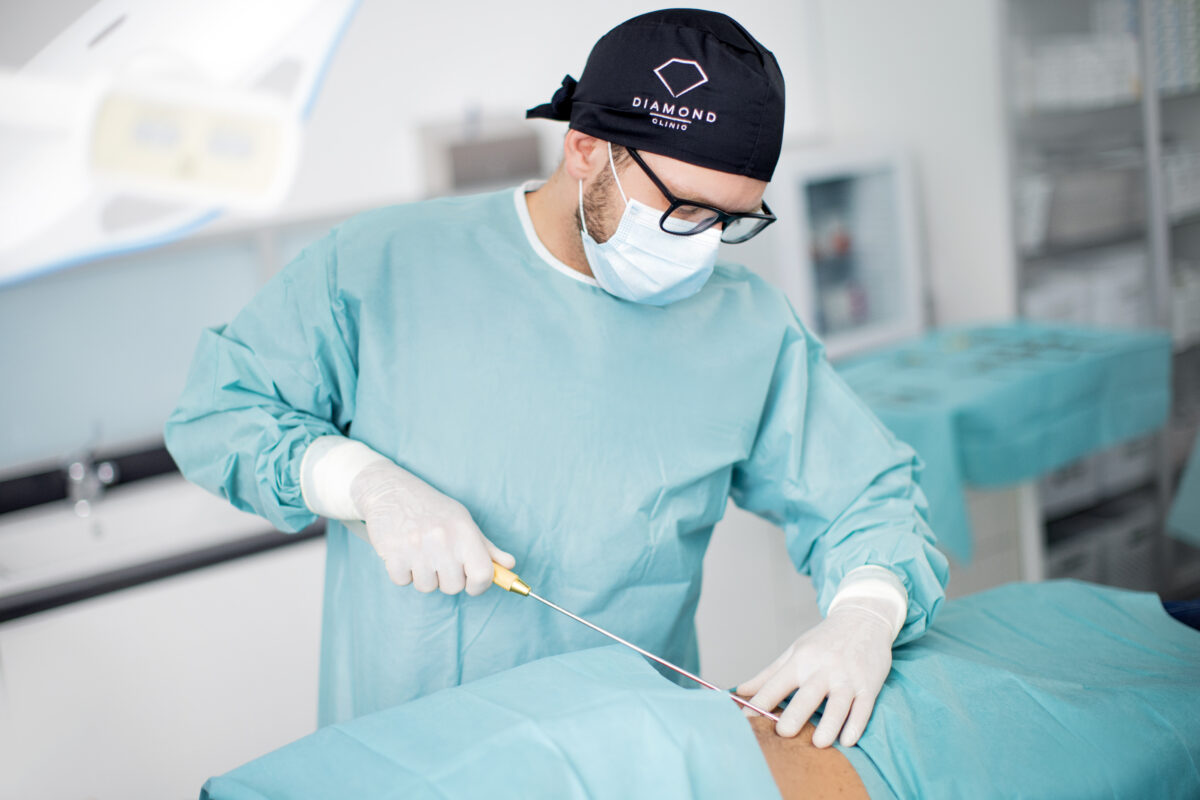Proctology
A perianal fistula, or anal fistula, is a pathological connection between the anal canal and the skin in the anal area. It is a serious and very embarrassing chronic condition that is often accompanied by severe pain in the anal area. A fistula is defined as an abnormal canal that connects the rectum or anal canal, i.e. the final segments of the large intestine, to the skin of the perineal area. Because of the function of the anus, namely holding faeces and defecation, the area is exposed to constant contact with bacteria that can cause inflammation, resulting in an anal abscess. That is one of the most common causes of anal fistula.
Untreated anal fistula potentially poses a health risk. Complications can include skin infections associated with faecal leakage and purulent discharge. If the condition is ignored or is inadequately treated, it can recur and anal abscesses can form. People who develop a perianal fistula are at risk of gas and faecal incontinence. The consequence of a fistula can be perineal abscess, as well as sepsis which is an immediately life-threatening condition. Symptoms of anal fistula include very bothersome discomfort. There is some significant distress, redness, burning and pain in the anal area. Patients often observe soiling on their underwear due to the leakage of liquid, serous or purulent secretions (with an unpleasant odour) and fecal contents. It is not uncommon to also see minor bleeding. Usually an anal abscess is the cause of the fistula, so the first symptom is a lump in the anal area. Characteristically, the pain significantly increases when sitting and also when passing stool. It is important to know that in some people perianal fistula has an asymptomatic course.
————————
Laser ablation procedures for perianal fistula at Diamond Clinic are performed by Dr Anna Trybull.
Anal Fistula
- Pain in the anal area that increases during sitting, defecation or coughing
- Secretion from the anal area (purulent, bloody, mucous)
- Redness and swelling in the anal area
- Difficulty in controlling bowel movements
- reduction of pain and discomfort






